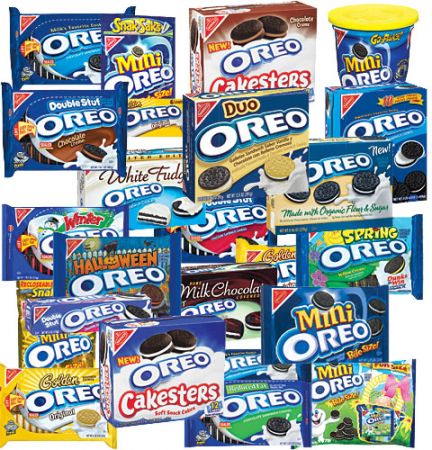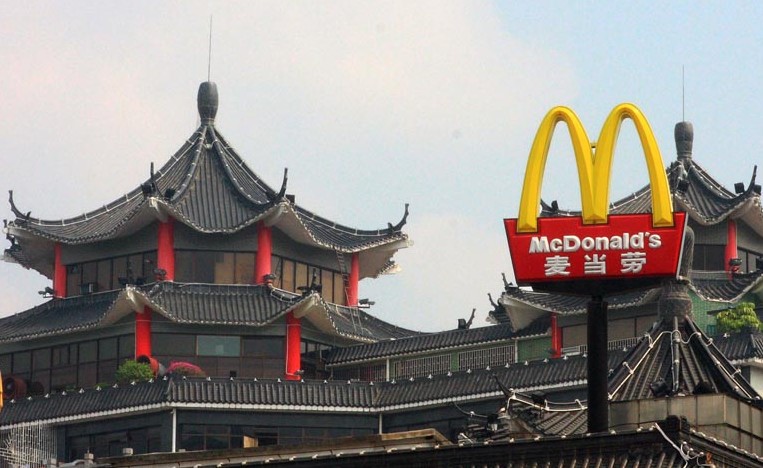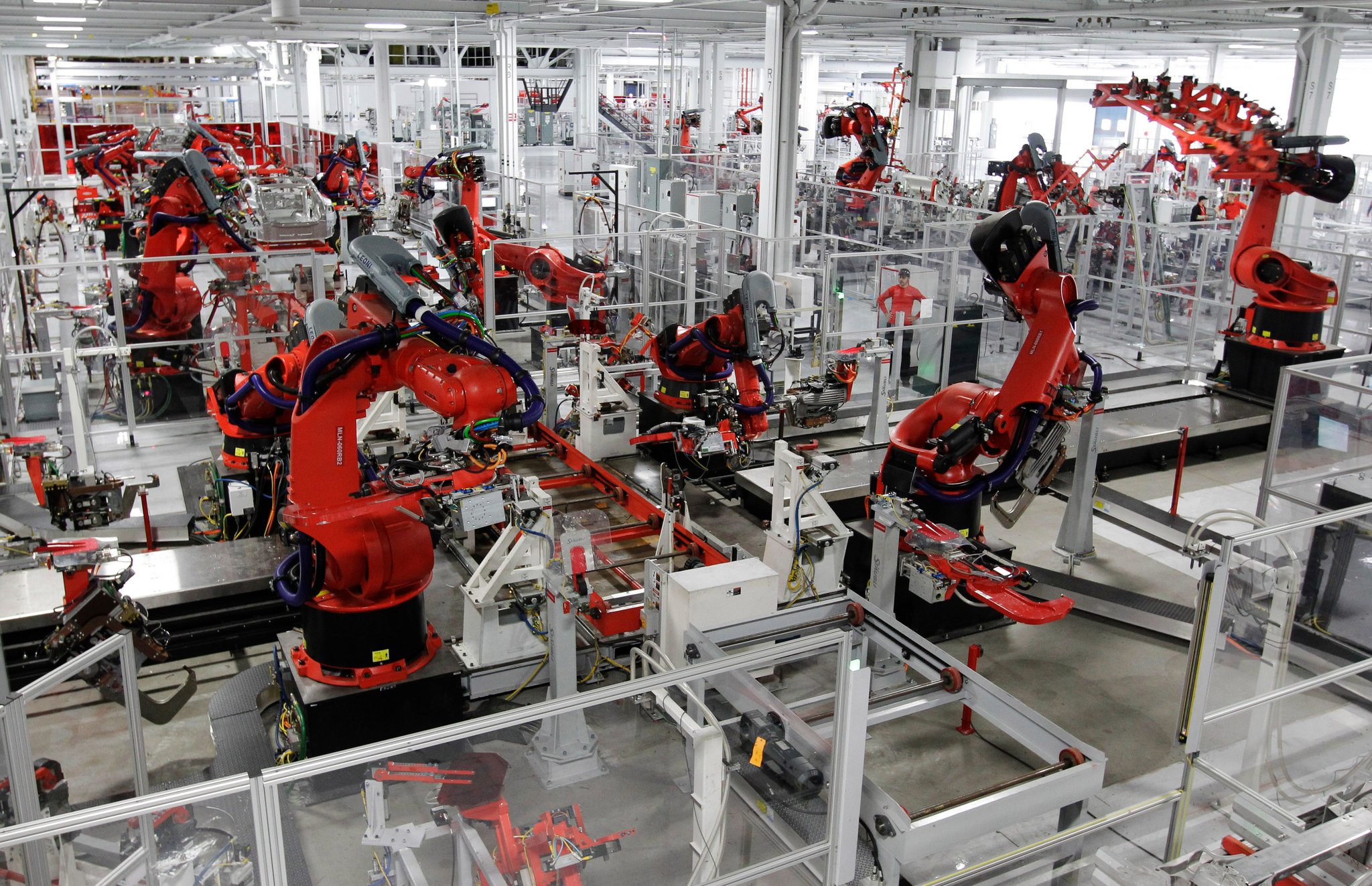1.12 — New Trade Theory II
ECON 324 • International Trade • Fall 2020
Ryan Safner
Assistant Professor of Economics
safner@hood.edu
ryansafner/tradeF20
tradeF20.classes.ryansafner.com
Increasing Returns
PPF: Decreasing Costs
Increasing returns ⟺ decreasing costs
PPF is convex to origin
Marginal rate of transformation (MRT) decreases as we produce more of a good
- Again: “slope”, “relative price of x”, “opportunity cost of x”
- Amount of y given up to get 1 more x

PPF: Decreasing Costs
- To simplify our graph, assume Home and Foreign have identical preferences (same indifference curve), and identical endowments (both start at A)

PPF: Decreasing Costs
Countries open up trade, face same relative prices
Each country exploits economies of scale, producing only one good
- Home produces x, Foreign produces y
- Points B and B'

PPF: Decreasing Costs
Countries open up trade, face same relative prices
Each country exploits economies of scale, producing only one good
- Home produces x, Foreign produces y
- Points B and B'
Trade and reach a higher indifference curve at C

PPF: Decreasing Costs
Countries open up trade, face same relative prices
Each country exploits economies of scale, producing only one good
- Home produces x, Foreign produces y
- Points B and B'
Trade and reach a higher indifference curve at C

PPF: Decreasing Costs
Countries open up trade, face same relative prices
Each country exploits economies of scale, producing only one good
- Home produces x, Foreign produces y
- Points B and B'
Trade and reach a higher indifference curve at C

(Anti-)Competitive Implications of Economies of Scale
U.S.

China

- Before trade, China has lower AC and p than U.S.
(Anti-)Competitive Implications of Economies of Scale
Trade increases demand for China’s output
Lowers AC and p even further, further outcompeting U.S.
China

(Anti-)Competitive Implications of Economies of Scale
Suppose Vietnam actually has lower AC than China, once it gets up to scale (V1)
Chinese economies of scale have world market price at C
Current market price provides no profit to Vietnamese producers starting production at V0
World is inefficiently “locked in” to Chinese production, sub-optimal path dependence
China and Vietnam

(Anti-)Competitive Implications of Economies of Scale
Policy implication for Vietnam: shut out imports from China with tariffs, and subsidize this industry to get it up to scale
In the long run, Vietnam can become the least-cost producer, increasing welfare
China and Vietnam

Trade and Variety
Trade and Variety
Consumers are better off with more variety
Two interpretations of why:
- Love of variety: consumers value variety for its own sake (directly enters utility function)
- Ideal variety: consumers have an ideal variety in mind, and having more varieties available increases probability that each consumer matches with their ideal variety

Trade & Variety: Tradeoff Between Variety & Cost
Why can’t consumers each always have their favorite variety?
Tradeoff between variety and (average) cost

Trade & Variety: Tradeoff Between Variety & Cost
Why can’t consumers each always have their favorite variety?
Tradeoff between variety and (average) cost
If every consumer had their favorite variety: many varieties, each firm produces very few units at a very high price (QM,PM)

Trade & Variety: Tradeoff Between Variety & Cost
Why can’t consumers each always have their favorite variety?
Tradeoff between variety and (average) cost
If every consumer had their favorite variety: many varieties, each firm produces very few units at a very high price (QM,PM)
If there are only a few varieties, few firms produce many units at very low price (QF,PF)

International Trade and Variety
Example
Suppose it takes 2 workers to design a motorcyle
Once designed, it takes 1 worker to produce a motorcycle
There are 2 countries, each with 10 workers
Without trade, in each country:

8 units of 1 variety
International Trade and Variety
Example
Suppose it takes 2 workers to design a motorcyle
Once designed, it takes 1 worker to produce a motorcycle
There are 2 countries, each with 10 workers
Alternatively:

3 units each of 2 varieties
International Trade and Variety
Example
Suppose it takes 2 workers to design a motorcyle
Once designed, it takes 1 worker to produce a motorcycle
There are 2 countries, each with 10 workers
With trade:


Each country specializes in one variety
International Trade and Variety
Example
Suppose it takes 2 workers to design a motorcyle
Once designed, it takes 1 worker to produce a motorcycle
There are 2 countries, each with 10 workers
With trade:

Each country specializes in one variety
International Trade and Variety
Example
Suppose it takes 2 workers to design a motorcyle
Once designed, it takes 1 worker to produce a motorcycle
There are 2 countries, each with 10 workers
- Suppose they trade 4 Harleys for 4 Kawasakis
With trade:

Each country ends up with 4 units of 2 varieties
International Trade and Variety
Globalization reduces geographic variation (more places look the same, have same amenities)
But increases varieties available to individuals in each area


A McDonalds in China, and a Chinese restaurant in the U.S.
Monopolistic Competition
The Role of the Firm in Trade
Classical trade theory (Ricardo, Hecksher-Ohlin, etc) has no role for the firm!
- might as well be people directly selling wheat or computers, etc.
Once we jettison the unrealistic assumption of perfect competition (p=MC), we can say a lot more about firms and trade
We move to a theory of imperfect competition: where firms have market power (but not full market power, as in a monopoly)

Imperfect Competition

Imperfect Competition

Imperfect Competition

Imperfect Competition

Monopolistic Competition
- Monopolistic competition: hybrid of monopoly and competition, where each firm has some market power
Goods are imperfect substitutes
- consumers recognize non-price differences between sellers' goods
Free Entry and exit (no barriers)
Each firm is a price-searcher
- faces own downward-sloping demand

Monopolistic Competition Model: Short Run

- Short Run: Firm acts as a monopolist
Monopolistic Competition Model: Short Run

Short Run: Firm acts as a monopolist:
q∗: where MR(q)=MC(q)
Monopolistic Competition Model: Short Run

Short Run: Firm acts as a monopolist:
q∗: where MR(q)=MC(q)
- p∗: at market demand for q∗
Monopolistic Competition Model: Short Run

Short Run: Firm acts as a monopolist:
q∗: where MR(q)=MC(q)
- p∗: at market demand for q∗
- Earns π=[p∗−AC(q∗)]q∗
Monopolistic Competition Model: Long Run

Long Run: market becomes competitive (no barriers to entry!)
π>0 attracts entry into industry
Demand for each firm's product will decrease (and become more elastic), until...
Monopolistic Competition Model: Long Run

Long Run: market becomes competitive (no barriers to entry!)
π>0 attracts entry into industry
Demand for each firm's product will decrease (and become more elastic), until...
Long run equilibrium: firms earn π=0 where p=AC(q)1
Monopolistic Competition vs. Perfect Competition

- Perfect competition (qc,pc)
- pc=MC(q), allocatively efficient
- qc where P=MC(q)
- Maximum consumer surplus
- No DWL
Monopolistic Competition vs. Perfect Competition

Monopolistic competition (qm,pm)
pm=AC(q)
- but not ACmin, productive inefficiency
qm<qc, where MR(q)=MC(q)
pm>MC(q), allocative inefficiency
- Less Consumer Surplus
- Deadweight loss
Monopolistic Competition vs. Perfect Competition

Like a monopolist, produces less q at a higher p than competition
But like perfect competition, still no π in the long run!
Monopolistic Competition in Autarky
Keep it simply, assume MC(q)=0
In autarky, long-run equilibrium for firm is p=AC, π=0 at q1,p1

Monopolistic Competition with Trade: Short-Run
- Firm opens up to international trade, has two effects on demand for firm:
- greater demand for firm’s products
- more competition from other countries’ firms
- overall, demand becomes more elastic

Monopolistic Competition with Trade: Short-Run
Firm opens up to international trade, has two effects on demand for firm:
- greater demand for firm’s products
- more competition from other countries’ firms
- overall, demand becomes more elastic
Allows firm to lower price, produce more at q2,p2 and earn some profit

Monopolistic Competition with Trade: Short-Run
Firm opens up to international trade, has two effects on demand for firm:
- greater demand for firm’s products
- more competition from other countries’ firms
- overall, demand becomes more elastic
Allows firm to lower price, produce more at q2,p2 and earn some profit

Monopolistic Competition with Trade: Long-Run
In reality, the size of the world market (Home+Foreign) has not changed
Thus, not all firms can expand and survive in global market
As all firms try to expand and compete, this lowers demand for each individual firm

Monopolistic Competition with Trade: Long-Run
In reality, the size of the world market (Home+Foreign) has not changed
Thus, not all firms can expand and survive in global market
As all firms try to expand and compete, this lowers demand for each individual firm
This continues until new equilibrium, where p=AC, π=0 again, at q3,p3

Monopolistic Competition with Trade: Long-Run
In reality, the size of the world market (Home+Foreign) has not changed
Thus, not all firms can expand and survive in global market
As all firms try to expand and compete, this lowers demand for each individual firm
This continues until new equilibrium, where p=AC, π=0 again, at q3,p3

Monopolistic Competition with Trade: Long-Run
In autarky (before trade), suppose there were 2n firms (n in each country)
When trade opens, each firm tries to gain larger share (but not all can)
Some firms exit; firms that remain will produce more than before (q1→q3)
With trade, and after the shakeout, there are n⋆ firms, n<n⋆<2n
Price & AC fall, and product variety in each country rises from n→n∗

Monopolistic Competition with Trade: Long-Run
Which firms will survive and which will exit the market?
Compare two firms, one with high costs, MCH and one with low costs MCL
- Low cost firm earns more profits than high cost firm
Opening up trade increases competition, lowering profits
Low cost firms better equipped to survive falling profits
- High cost firms leave the market; allowing low cost firms to expand output!

Monopolistic Competition with Trade: Productivity
With fewer firms, the remaining (low cost) firms can further increase their output
Exploit economies of scale, moving down their average cost curves
Implies lower costs, lower prices, and greater productivity for the incumbent firms remaining

Trade Agreements and Firm Productivity

After Canadian free trade agreement with U.S., Canadian productivity increased rapidly by 8.4%, a huge increase over a short time period. Note this is a logarithmic scale!
What is at Stake in Competing Trade Theories?
H-O theory vs. increasing returns
Ex ante vs. ex post comparative advantage
Emphasize different causes of trade
Imply very different policies
- free trade vs. industrial policy?
Cultural/aesthetic views of the world? Difference vs. sameness?

